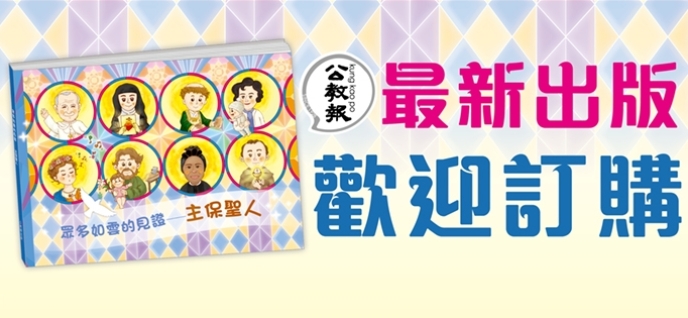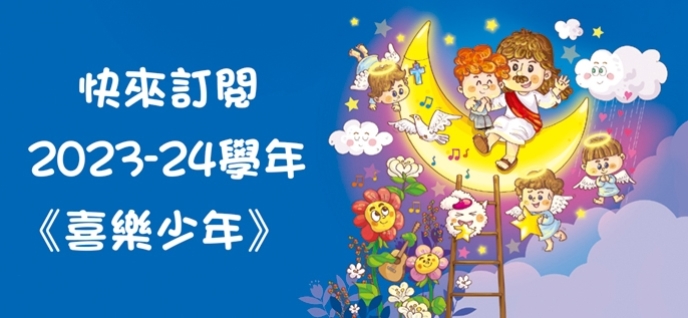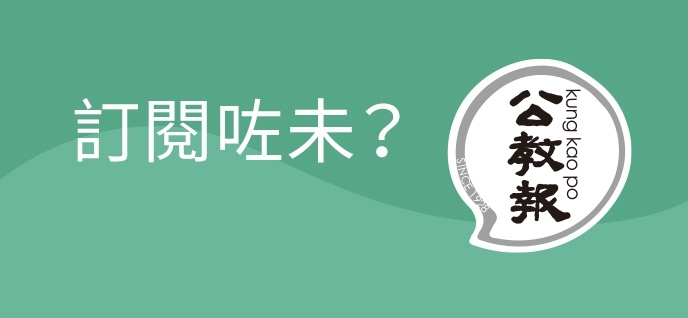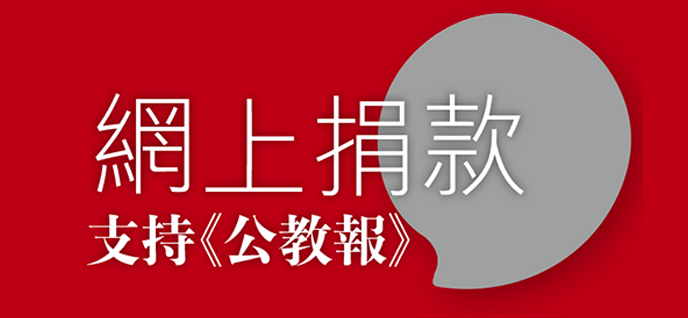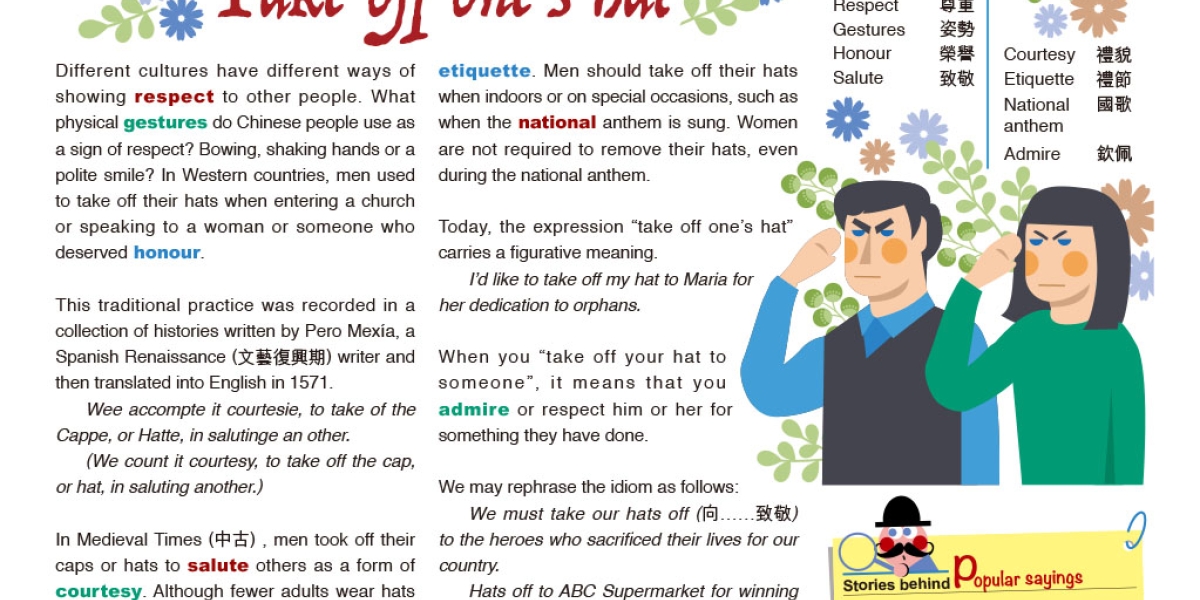
Take off one’s hat
Different cultures have different ways of showing respect to other people. What physical gestures do Chinese people use as a sign of respect? Bowing, shaking hands or a polite smile? In Western countries, men used to take off their hats when entering a church or speaking to a woman or someone who deserved honour.
This traditional practice was recorded in a collection of histories written by Pero Mexía, a Spanish Renaissance (文藝復興期) writer and then translated into English in 1571.
Wee accompte it courtesie, to take of the Cappe, or Hatte, in salutinge an other.
(We count it courtesy, to take off the cap, or hat, in saluting another.)
In Medieval Times (中古) , men took off their caps or hats to salute others as a form of courtesy. Although fewer adults wear hats nowadays, they are still advised to follow hat etiquette. Men should take off their hats when indoors or on special occasions, such as when the national anthem is sung. Women are not required to remove their hats, even during the national anthem.
Today, the expression “take off one’s hat” carries a figurative meaning.
I’d like to take off my hat to Maria for her dedication to orphans.
When you “take off your hat to someone”, it means that you admire or respect him or her for something they have done.
We may rephrase the idiom as follows:
We must take our hats off (向⋯⋯致敬) to the heroes who sacrificed their lives for our country.
Hats off to ABC Supermarket for winning “best supermarket of the year”.
|
Glossary
|
|
|
Respect
|
尊重
|
|
Gestures
|
姿勢
|
|
Honour
|
榮譽
|
|
Salute
|
致敬
|
|
Courtesy
|
禮貌
|
|
Etiquette
|
禮節
|
|
National
anthem
|
國歌
|
|
Admire
|
欽佩
|



